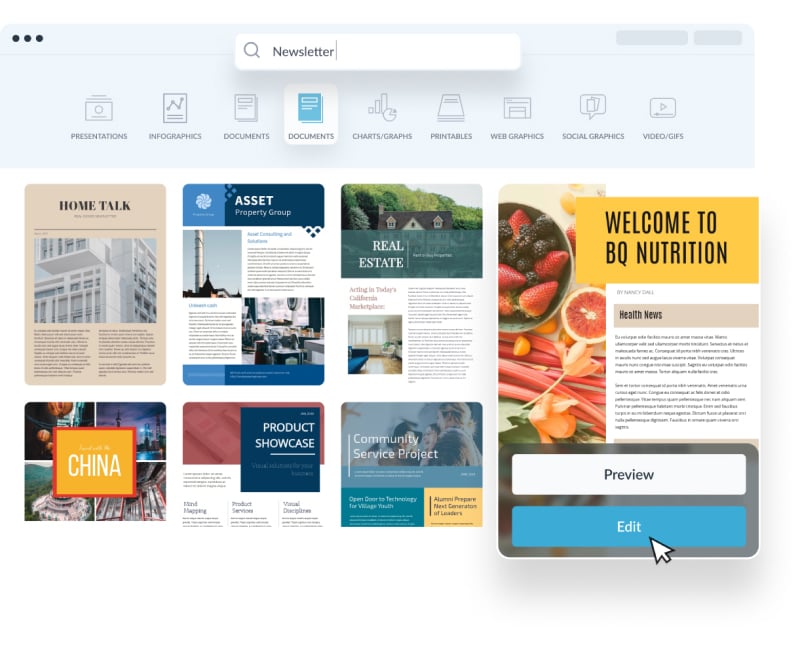

- What program works best on a mac for making newsletters how to#
- What program works best on a mac for making newsletters archive#
- What program works best on a mac for making newsletters plus#
Use the next dialog to decide what should happen to messages sent to this address-you can add labels, flag them with stars, mark emails as important, mark them as read, or instantly archive messages, among other options. Choose Filters and Blocked Addresses, Create a new filter, enter your chosen alias in the To field, and hit Create filter. To set up a filter, head to your Gmail settings: Open the web portal, click the cog icon in the top right corner, and pick See all settings. When these messages arrive, Gmail might automatically label them “shopping” or “receipts.” You could sign up for email newsletters with the moniker and a filter might mark them read and send them straight into the Updates tab. Going back to the John Smith example, you might always do your online shopping through the alias. For example, let’s say your email is Messages addressed to and will all show up in your usual Gmail account.Īlthough the end result is the same, this gives you a quick and effective way of filtering messages.
What program works best on a mac for making newsletters plus#
When you tack on a plus sign followed by a word, the Google service will ignore the added text, and it overlooks periods altogether. Just add some periods and plus symbols to the addresses you give out. You don’t need to jump through any hoops to set up an alias in Gmail. It’s fairly easy to add an alias to your Gmail account.

What program works best on a mac for making newsletters how to#
Let’s go over how to set them up in Gmail, Outlook, and Apple Mail. Still, if hiding your identity doesn’t matter as much, aliases are much easier to configure than whole new accounts. So in situations where anonymity is critical, you might need to set up a whole new account.

This approach gives you a lot of flexibility for managing your inbox.īear in mind that recipients can usually look at one of your aliases and use it to figure out your main email address. Alternatively, a filter might prioritize messages sent to the alias you give out to friends and family, or those sent to the alias you use for work emails. That way, you can quickly filter the incoming messages sent to that alias-these are probably low-priority, so you can have your provider automatically apply specific labels, mark them as read, or delete them immediately. That said, the real application here is not anonymity, but easy filtering.įor example, if you sign up for a lot of email newsletters, consider doing so with an alias. Anything sent to these variations will arrive at the same inbox as messages meant for your main address, while keeping that original moniker hidden from view. In general, email aliases act as “fronts” to your main email address, although the exact details vary from service to service. How email aliases work An alias makes it easy to filter incoming messages. And these alternative identities have lots of uses, including organizing your inbox and protecting your privacy. Essentially, you get a new address without having to go through the hassle of setting up a new account with its own login credentials. In that spirit, consider email aliases, a useful feature found in popular services like Gmail, Microsoft Outlook, and Apple Mail.Īliases are alternative addresses that still direct messages to your original inbox. We all deal with a daily deluge of email, which means we jump at anything that can improve the efficiency of our inboxes.


 0 kommentar(er)
0 kommentar(er)
